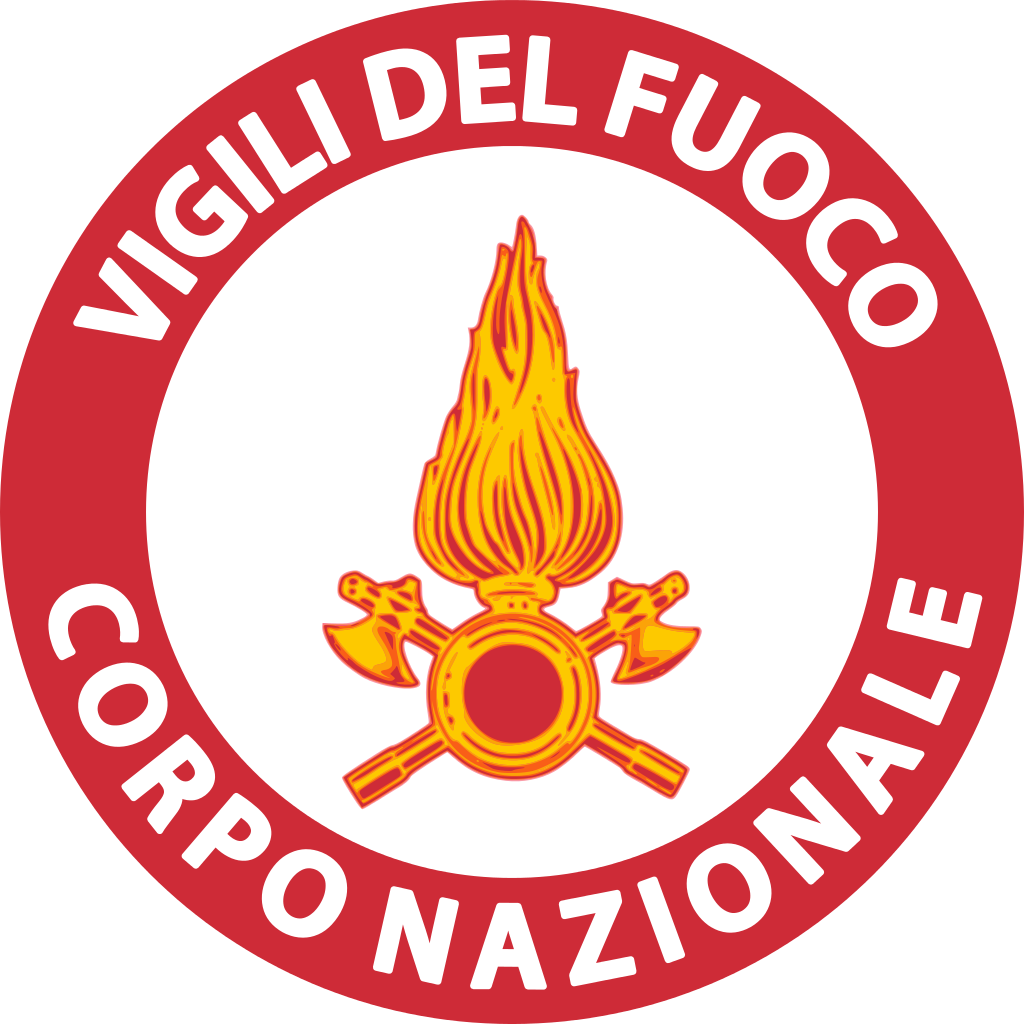
INFC – National Fire Corp. Department of fire-fighters, Public Rescue and Civil Defence (Italy)
The Department is particularly active in two homogeneous and interconnected sectors: the Italian National Fire and Rescue Service and Civil Defence – in close co-operation with the National Civil Protection Department within the Prime Minister’s Office. The Italian National Fire and Rescue Service (Corpo Nazionale dei Vigili del Fuoco – CNVVF) is in charge of the protection of human life and the safeguard of property, environment from damages or potential damages caused by fire, explosion and other accidents, as well as from major industrial risks, including nuclear ones. In particular, the CNVVF carries out the following tasks: (i) fire prevention and extinction and – in general – all emergency technical operations for the protection of human life and property; (ii) fire rescue in main national civil airports and harbours; (iii) training and deployment of units for the safeguard of civil population in case of natural disasters. To provide some insight into the activities of the CNVVF, during the year 2017, 26.010 professionals of the CNVVF in force in 545 HQs and Fire Stations carried out 1.000.071 interventions, while the CNVVF prevention activity was focussed on 121.738 project evaluations, 42.315 inspection checks and 94.646 periodical reviews. The CNVVF has its own fleet of 40 helicopters, 2 aeroplanes distributed over 12 bases and manages, for the needs of the forest fires activity, a fleet of 18 Canadairs. In Italy, the CNVVF tackles (exclusively or as actor with key role) most of the tasks targeted for standardization streams and crosscutting topic in the proposal, namely: 1. search and rescue; 2. planning rescuers training considering people with special needs (inclusive rescue); 3. fire safety and rescue training dedicated to people who has in charge emergency management in workplaces, or other places of daily life, where may be present people with permanent disabilities (motorial, sensorial and cognitive) or can suffer the emergency situations (temporary disabilities); 4. consider the aspects related to human behaviour in emergency situations through analysis of case studies (real situations or drills); 5. fire safety culture: a)meet people with special needs and their families to provide them tools to autonomously respond in case of emergency; b)publicize safety guidelines to provide tools for an independent respond to an emergency event; c)look on the opportunities offered by new media as a useful tool to promote fire safety awareness, with particular reference to emergency and escape routes from closed environment.
In the CORE project, INFC:
- is involved in WP2, WP3, WP4, WP5, WP6, WP8 and WP9;
- coordinates task 3.2.
Project PI: Stefano Zanut
This email address is being protected from spambots. You need JavaScript enabled to view it.

